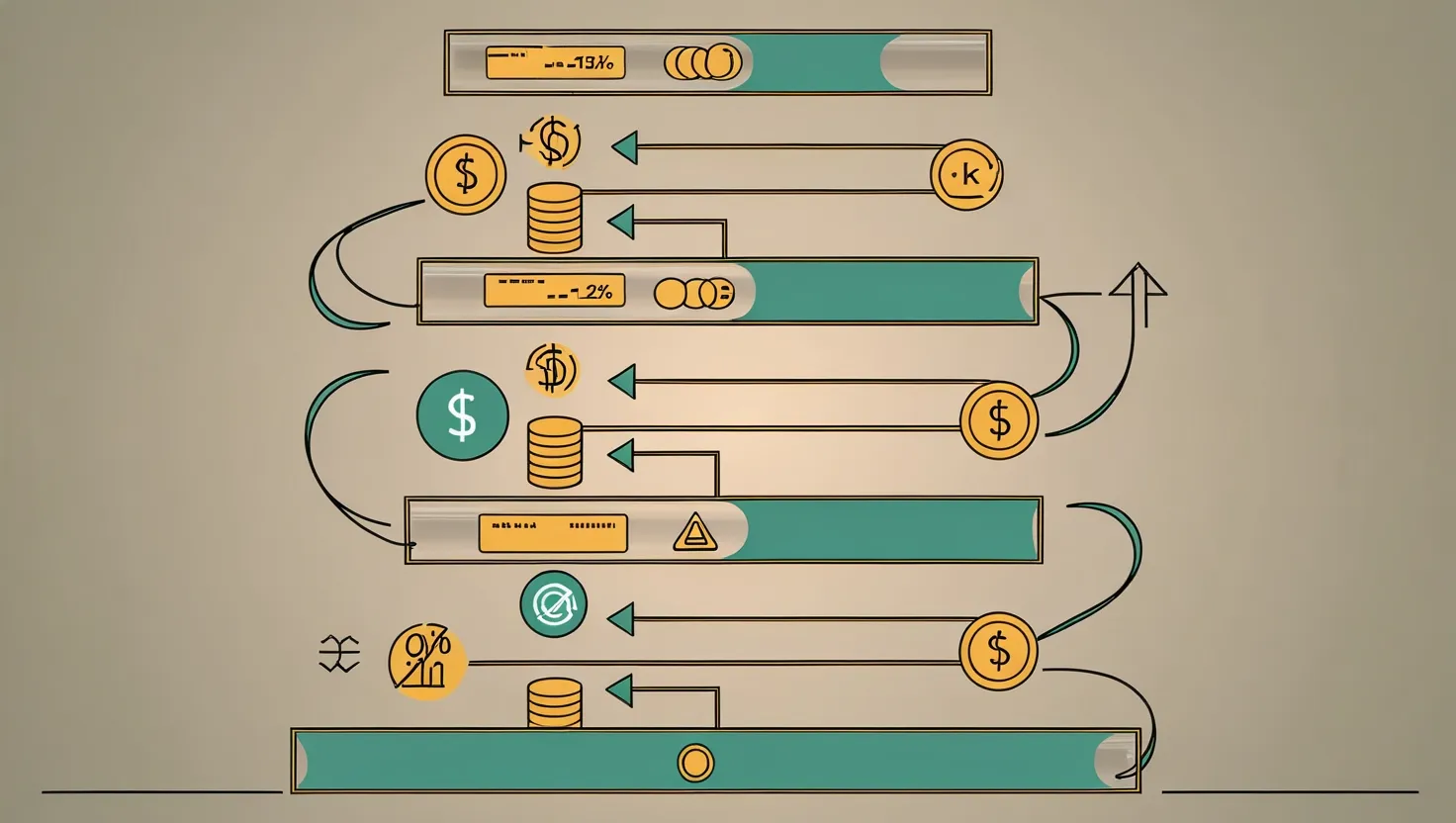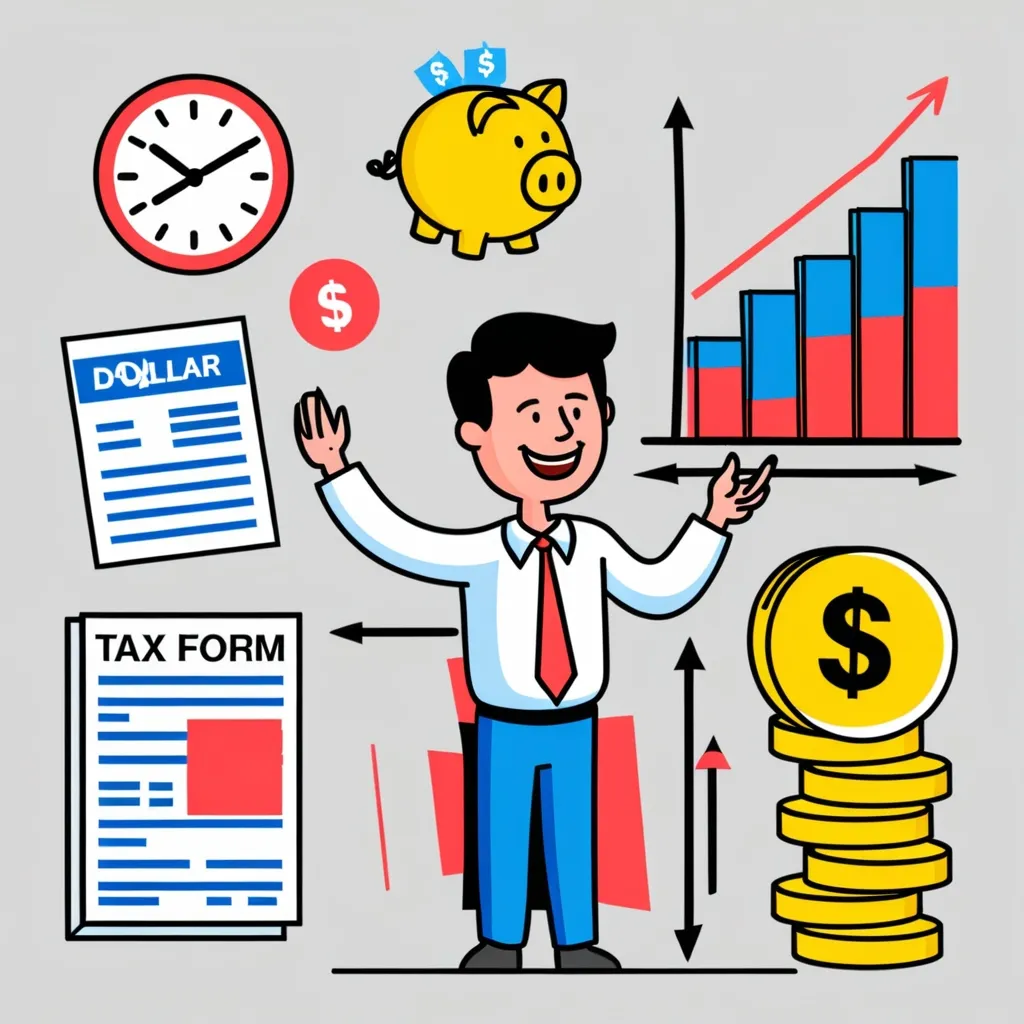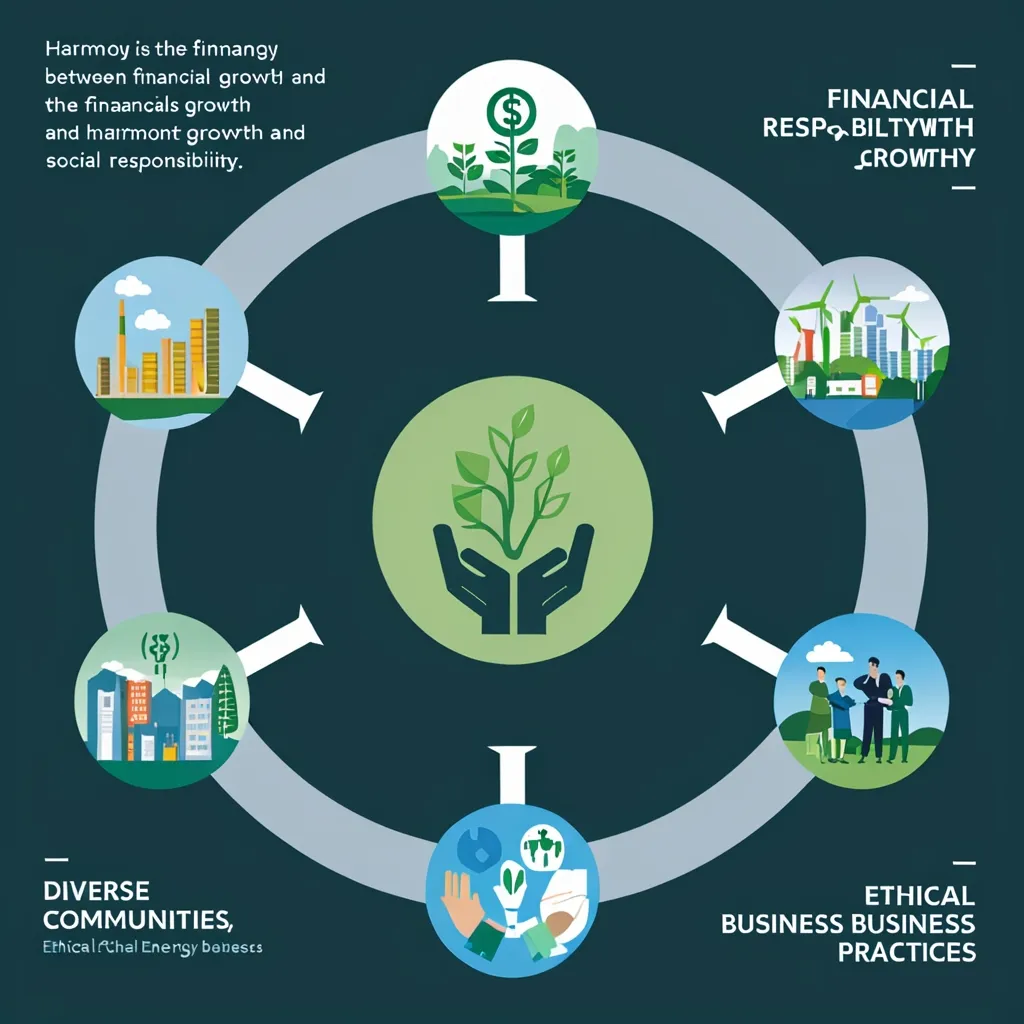Government Debt: Balancing Today’s Needs with Tomorrow’s Stability
Let’s dive into the world of government debt. It’s not the sexiest topic, but trust me, it’s crucial to understand if you want to grasp how our economy works and where it might be headed.
Think of government debt like your credit card. Sometimes you need to make a big purchase that you can’t afford right away, so you charge it. That’s essentially what governments do when they borrow money. They’re spending more than they’re bringing in through taxes and other revenue sources.
But why would a government need to borrow? Well, there are plenty of reasons. Maybe they want to build a new highway system, fund education programs, or boost research and development. During tough times, like recessions or pandemics, governments often borrow to keep the economy afloat and help out citizens who are struggling.
Take the COVID-19 pandemic, for example. Governments worldwide went on a borrowing spree to fund emergency support packages. It was like a financial lifeline that kept many businesses and individuals from going under. But, as you can imagine, this led to a massive increase in national debt levels.
Now, here’s where it gets interesting. Government debt isn’t always a bad thing. In fact, it can sometimes be a good thing for the economy. When the government borrows to invest in things like infrastructure or education, it can create jobs and make the economy more efficient in the long run. It’s like planting seeds for future growth.
But too much debt? That’s where things can get dicey. One of the biggest concerns is the cost of servicing the debt. As the debt grows, so does the amount of money the government has to spend on interest payments. It’s like your credit card bill – the more you owe, the more you’re paying in interest each month.
In the United States, for instance, the projections for interest costs on the national debt are pretty eye-opening. By 2034, we could be looking at $1.7 trillion just in interest payments. That’s more than what the government spends on Medicaid and veterans’ benefits combined. Crazy, right?
And here’s the kicker – when interest rates go up, it becomes even more expensive for the government to borrow. This can put a real squeeze on the budget, making it harder to fund important programs and respond to future crises.
But it’s not just about the government’s budget. High levels of government debt can affect the whole economy. When the government borrows a lot, it’s competing with private businesses for capital. This can lead to less money being available for private investment, which can slow down economic growth.
Plus, if people start to lose confidence in the government’s ability to manage its debt, it can lead to all sorts of problems. Inflation might rise, the value of the currency could fall, and it could become more expensive for everyone – businesses and households alike – to borrow money.
And let’s not forget about the social implications. High debt levels can put pressure on essential programs like Social Security and Medicaid. For folks who rely on these programs, that’s a pretty scary prospect.
So, what’s the solution? Well, it’s not simple, but most experts agree that we need a balanced approach. We can’t just slam on the brakes and stop all government spending – that could push us into a recession. Instead, we need to gradually bring debt levels down to more sustainable levels.
This might involve reforming the budget, overhauling the tax system, or adjusting spending in areas like national security. The key is to start making changes sooner rather than later. Small, gradual adjustments now can help us avoid more drastic and painful measures down the road.
On a personal level, high government debt can affect us all. It might mean higher taxes in the future, or it could impact the value of our savings and investments. Globally, high debt levels in major economies can lead to financial market volatility, which can ripple out to affect businesses and households worldwide.
At the end of the day, government debt is a balancing act. We need to find that sweet spot between borrowing to support the economy and keeping debt levels manageable. It’s not just about numbers on a spreadsheet – it’s about securing a stable economic future for all of us.
So, next time you hear about government debt in the news, don’t just tune it out. Remember that it’s a complex issue with real-world implications for all of us. And who knows? Maybe you’ll be the one to come up with the next great idea for managing our national finances. Stranger things have happened!






